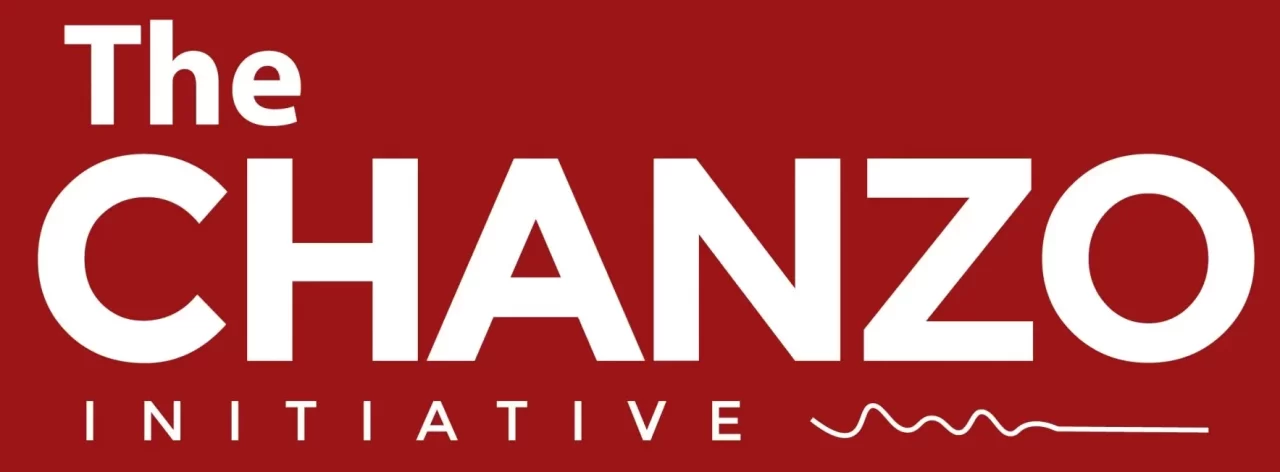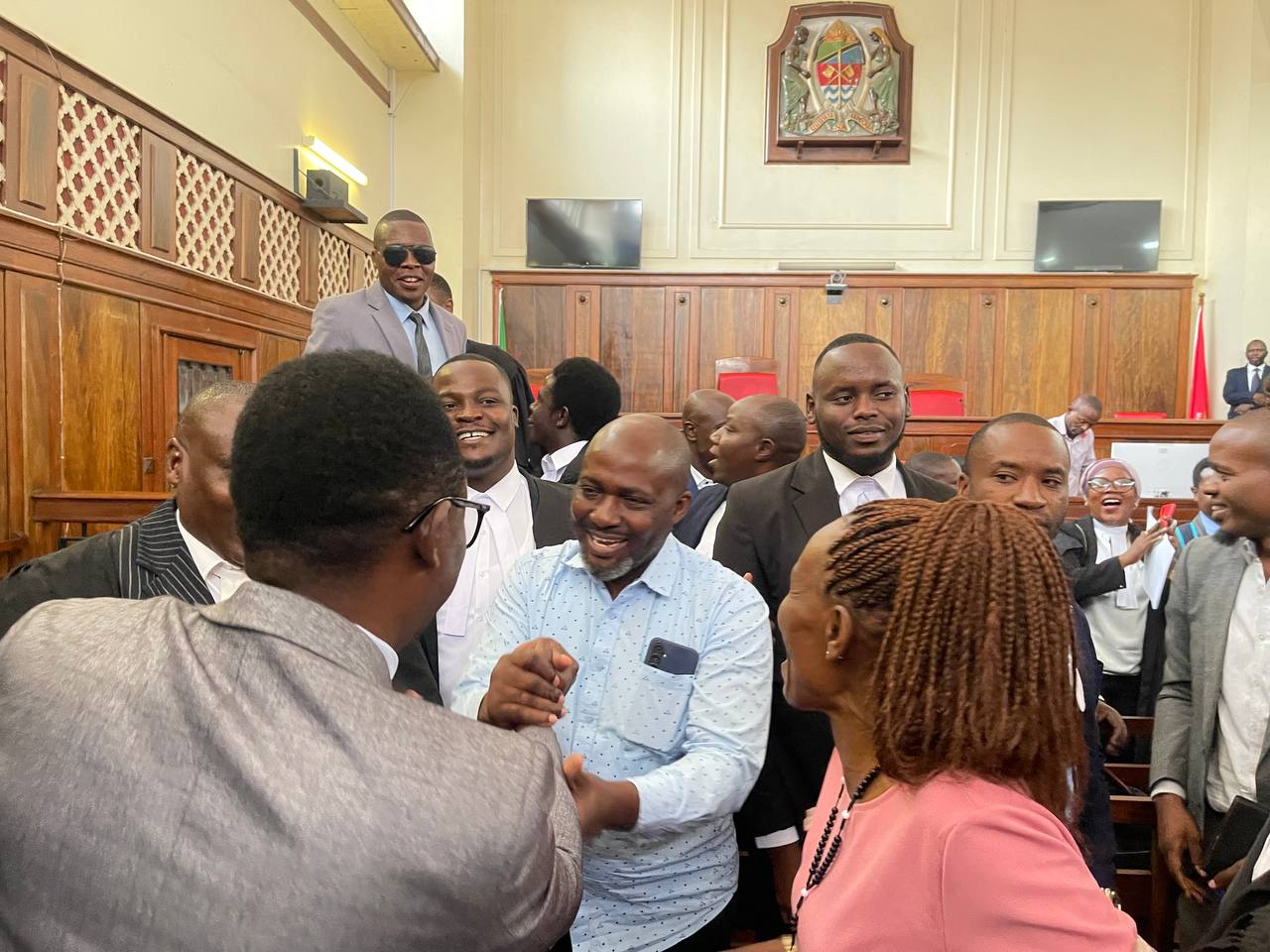The Bank of Tanzania (BoT) has issued its monthly economic review report for January, which shows that the government’s total debt increased by Sh9.2 trillion, an equivalent of US$4 billion in twelve months between December 2020 and December 2021.
The government’s total debt stock, also called public debt stock, stood at Sh68.3 trillion in December 2021 up from Sh58.6 trillion recorded in December 2020, according to the review.
The increase, which is quite high by Tanzanian economic standards, compares to an increase of only Sh3.68 trillion between December 2019 and December 2020 or the increase of only Sh3.2 trillion between December 2018 and December 2019.
It is obvious that the debt will continue to increase this year as Tanzania continues undertaking several major infrastructure projects.
The projects include the Standard Gauge Railways, the Julius Nyerere Hydro-Power Dam, expansion of the Dar es Salaam port, construction of expressways in Dar es Salaam and Dodoma and of highways across the country and the construction of the Bus Rapid Transit infrastructure in Dar es Salaam, to mention just a few.
The increase in debt triggered a hot public debate at the end of 2021 that culminated with the resignation of Job Ndugai last month as Speaker of the Parliament. Speaking outside Parliament in December last year Mr Ndugai seemed irked by what he claimed was President Samia Hassan Suluhu’s elation with foreign loans.
But as she responded to Ndugai, President Samia asserted that the government would continue seeking loans to finance major infrastructure projects. In Samia’s words: “If we are to complete the infrastructure projects we will have to seek loans, whether this makes some people uncomfortable or not.”
More appetite for loans
Echoing President Samia’s stance, analysts point to the fact that it would be impossible for Tanzania to complete the major infrastructure projects without loans.
Currently, the public debt stock situation is still “so far so good.” The national debt to GDP ratio is 27.9 per cent as per 2020 data, according to the BoT governor Prof Florens Luoga. The latest data also shows that the Tanzania government’s debt payment as a ratio of GDP was 5.8 per cent in the 2019/20 fiscal year.
In the 2021/22 budget year, it is estimated to be 5.3 per cent of GDP. These are sustainable indicators.
In interviews he gave in early January, Prof Luoga also said Tanzania is not among the most indebted countries in the world. Citing some statistics, he noted that Tanzania was the 109th heavily indebted country out of 170 countries surveyed.
But the bitter truth is that at the completion of the ongoing projects Tanzania might be left with an unsustainable debt burden.
And if bureaucrats and MPs don’t come up with ways to revolutionise domestic revenue collection to enable the government to repay the ever-increasing debt, while at the same time continuing to meet its internal spending obligations, it would be at risk of default.
The government is already spending a good chunk of its budget to service loans. According to finance minister Mwigulu Nchemba, the government plans to spend Sh8.878 trillion as debt repayments in the 2021/22 financial year, equivalent to 24 per cent of the Sh36.329 trillion budget.
Commercial loans are a problem
What is troubling is the commercial loans that the government is now using to finance the major infrastructure projects.
With few exceptions (BRT infrastructure, the Dodoma ring-road, and port expansion projects) the government is relying on expensive commercial loans to finance the major projects such as the SGR and the Nyerere dam.
This is because commercial loans (also known as non-concessional loans) are easier to acquire because they do not come with conditionality, but the catch is, they have exorbitant interest rates and shorter paying periods than concessional loans.
Historically, the government was forced to start accessing commercial loans from local and foreign commercial banks after failing to get cheap loans from multilateral and bilateral donors.
Had the loans been accessed for a few medium-sized projects, it would have been understandable. But the government did this for several mega projects.
Obviously, it is the commercial loans that have increased Tanzania’s public debt burden in the past decade, as multilateral and bilateral donors stayed away protesting human and democratic rights violations by the government.
An analysis conducted by a leading Tanzanian economist Prof Ibrahim Lipumba early this year shows that Tanzania started borrowing commercially in 2010 when it accessed Sh195.5 billion from foreign commercial banks.
Commercial loans are usually accessed from commercial banks and financial institutions, most of which are privately owned. The issue is, when Tanzania’s debt burden surpasses sustainable levels it will be very difficult for these institutions to offer debt relief the same way that multilateral and bilateral donors did in 1996 under the Heavily Indebted Poor Countries (HIPC) Initiative.
Against the backdrop of all these complications, it makes no sense, therefore, for the government to commission new mega-projects. And it is at this point that the TSh23 trillion (US$10 billion) Bagamoyo port comes into the picture.
Bagamoyo port
Last year President Samia revived the negotiations for the port, which had been terminated by her predecessor President John Magufuli. But the elephant in the room is the financing modality for the project.
If the project is to be financed by a loan, who will repay the loan? Does the government have any breathing space left for more loans? Wouldn’t this increase the risk of loan default or at worst the takeover of the project by the lenders?
If the loan will be repaid by the investor wouldn’t this make it difficult for the government to exercise its sovereignty over the project?
In the previous negotiations, it was reported that a sensitive clause in the negotiations was the investors’ insistence that the government should be the one to repay the $10 billion loan that would be spent to develop the port and the accompanying industrial economic zone.
As if this was not enough the investor also sought to restrict government agencies’ easy access to the port, according to President Magufuli’s revelations at a TNBC meeting in 2019.
“The investors say no government officials, not even the TRA [Tanzania Revenue Authority] should be allowed to enter the port to collect government revenues. The investors also want to set whatever charges they want to clients without government interference,” President Magufuli noted.
The Bagamoyo port project has tremendous economic benefit to Tanzania and to the region but to pull it off the government would have to play a very delicate balancing act on the negotiation table to make sure it does not become a burden to taxpayers.
The government officials would have to ask themselves if the economic benefits of the Bagamoyo port really outweigh any potential risks from the possible loan default and whether the Bagamoyo port can really “fund itself” without posing a danger to both Tanzania’s sovereignty and creditworthiness.
Damas Kanyabwoya is a veteran journalist and a political analyst based in Dar es Salaam. He’s available at dkanyabwoya@gmail.com. These are the writer’s own opinions and it does not necessarily reflect the viewpoint of The Chanzo Initiative. Want to publish in this space? Contact our editors at editor@thechanzo.com for further inquiries.




